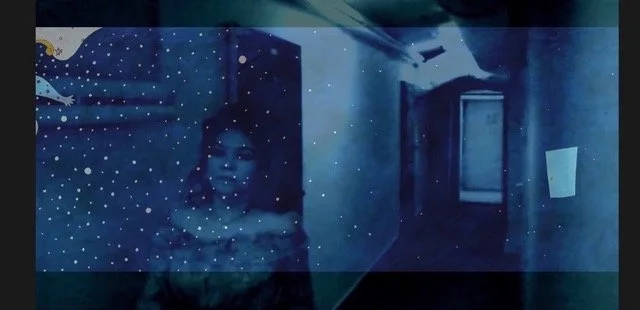While the legal, economic and ethical impact of generative AI continues to ripple through the media industry at large, one might be forgiven to find at least a modicum of solace in the belief that independent animation continues to be, in some ways, a world apart. This is not to say, of course, that animators, even art-house animators, are somehow shielded from the disruptive potential of exploitative technological innovations, or immune from the material and ideological concerns that affect the rest of the image-making community.
Read MoreAt the height of the Covid pandemic, my father, co-director Noel Williams and I, together with scholars and students of Japanology here in Tokyo, had ample opportunity to study and research a range of Japanese films, including a number of short Japanese animations.
Read MoreIn Animating Truth: Documentary and Visual Culture in the 21st Century, Nea Ehrlich discusses a growing body of works broadly called animated documentaries. For the purposes of this open-access monograph, Ehrlich employs Sheila Sofian’s definition of the form as “any animated film that deals with non-fiction material” (36), expands it beyond the cinematic space and considers the use of animation outside of the theatrical setting.
Read MoreThe Fall of 2022 marked the 9th year of running of The Factual Animation Film Festival (FAFF). Following the success of 2021, this time the festival maintained its hybrid format offering both in-person and online events. Those who found themselves in Berlin on September 24th, could attend a screening at local Z-inema moderated by Marina Belikova, one the festival’s producers.
Read MoreFlee (Jonas Poher Rasmussen, 2021) is an animated documentary that explores the nature of memory and trauma by taking the viewer on an emotional journey. It uses animation to present the memories of Amin Nawabi, an Afghan refugee credited under a pseudonym. Encouraged by his anonymity, he tells director Jonas Poher Rasmussen his story (Grobar 2021).
Read MoreThe development of animated documentaries has expanded the functions of animation art, including recording the culture and life of ethnic minority communities or particular social groups and conveying their voices. Animations like The Stitches Speak (Nina Sabnani, 2009) and They Call Us Maids: The Domestic Workers' Story (Leeds Animation Workshop, 2018) endeavoured to make animation content represent the subjects’ views more accurately.
Read MoreIn today’s visual culture, animation is at an interesting turning point, poised between fiction and fact, perhaps combining the two. We are increasingly confronted with ubiquitous animated images, videos, and gifs, for example, on smartphones, computers, in airplanes, doctors’ offices, schools, and many more, which are all used uncritically to represent or express real events, feelings, processes, and interactions.
Read MoreIn this article I will explore the conceptual position a director occupies in the world they create or represent as a method for clarifying a film’s status as either fiction or documentary. As an animated documentary practitioner I am particularly interested in finding a balance between the seemingly limitless fantastic potential of animation and the duty of a documentary filmmaker to create authentic and ethical representations of people and the world.
Read MoreAt irregular intervals throughout the production of my debut feature Doozy – a part-animated exploration of the 1960s voice casting of American actor Paul Lynde – I would meet animator Elroy Simmons (see Fig. 1) in an East End London pub, where he would hand over a wad of beautifully drawn frames, wrapped in newspaper, and we’d have a celebratory drink or two.
Read MoreWhen I attended the BFI launch of the book edited by the estimable conveners of this blog, Christopher Holliday and Alexander Sergeant’s Fantasy/Animation: Connections Between Media, Mediums and Genres, I was that annoying person in the audience to ask the first, really obvious, question. Admittedly one that betrayed the fact that I hadn’t yet read their book (something now, ahem, rectified) and also my own research interests and agenda. Isn’t all animation, due to its constructed nature, in some way fantasy? And if so, if animation implies fantasy and fantasy implies animation, I queried, where does that leave animated documentary? And that, dear reader, is how you find yourself press-ganged into writing a blog post…
Read More









